From Noroi: The Curse (2005) to Onibaba (1964), we rank the best Japanese horror movies of all time.
Supernatural stories have permeated Japanese folklore for centuries. The ghosts – yurei – in Japan are classified by their manner of death or ‘why’ they return to the world of living. Japanese ghost stories – Kaidan – are also often rooted in ideas of social justice. The Tale of Genji, a seminal work of 11th-century Japanese literature, boasts some of the best-known ghost stories. Interestingly, ‘female spirits’ are commonly portrayed in Japanese ghost stories. Apart from works of fiction, female ghost spirits are a recurrent motif in paintings, woodblock prints, and theatrical plays. The message of such stories is often a moral one. Often, they are a means to disseminate Buddhist teachings.
In Japanese cinema, ghost stories only became prevalent after the end of World War II. Filmmakers like Nobuo Nakagawa adapted famous ghost stories by drawing heavily from Japan’s kabuki tradition. These wronged, grudge-holding ghosts weren’t easily vanquished, unlike the ghosts in Western movies. In the 1960s Japanese cinema, eroticism, and ghost stories were fused together. In fact, many of the radical horror movies of the era came from directors who were trained in the ‘Pink film industry’ – erotic soft-core films.
Nevertheless, in the ensuing decades of rapid economic growth, ghost stories lost their sheen. They failed to satisfy horror fans, until the late 1990s, when J-horror emerged. The new generation of horror filmmakers used the fear of new digital technologies to rehash old ghost stories. The terrifying sequence involving the malevolent spirit Sadako in Ringu (1998) changed horror cinema forever. Although J-horror was a short-lived phenomenon, Japanese horror movies have much to offer.
Let’s dive into some of the best, blood-curdling, gasp-inducing Japanese horror movies.
WATCH: 10 Greatest Yasujiro Ozu Films, Ranked
Best Japanese Horror Movies
25. Writhing Tongue (1980)
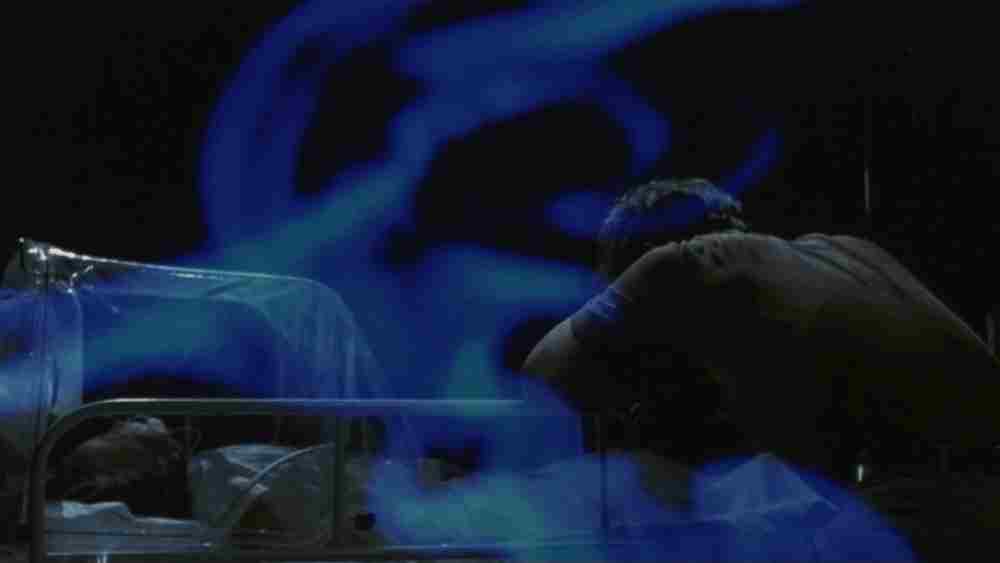
Yoshitaro Nomura is known for his Japanese social dramas and thrillers that broke cinematic taboos. He debuted in 1952 and initially explored post-war Japanese society through sleek crime/thrillers. His 1978 drama The Demon offered a deeply unsettling account of child abuse. In Writhing Tongue, Nomura once again delved deep into the psychological torment of his characters.
The film doesn’t strictly belong to the horror genre. It revolves around a 5-year-old Masako, who is afflicted by a strange disease. Writhing Tongue is a harrowing movie experience. Nomura traps us in a claustrophobic world of excruciating pain, paranoia, and trauma.
24. Noriko’s Dinner Table (2005)
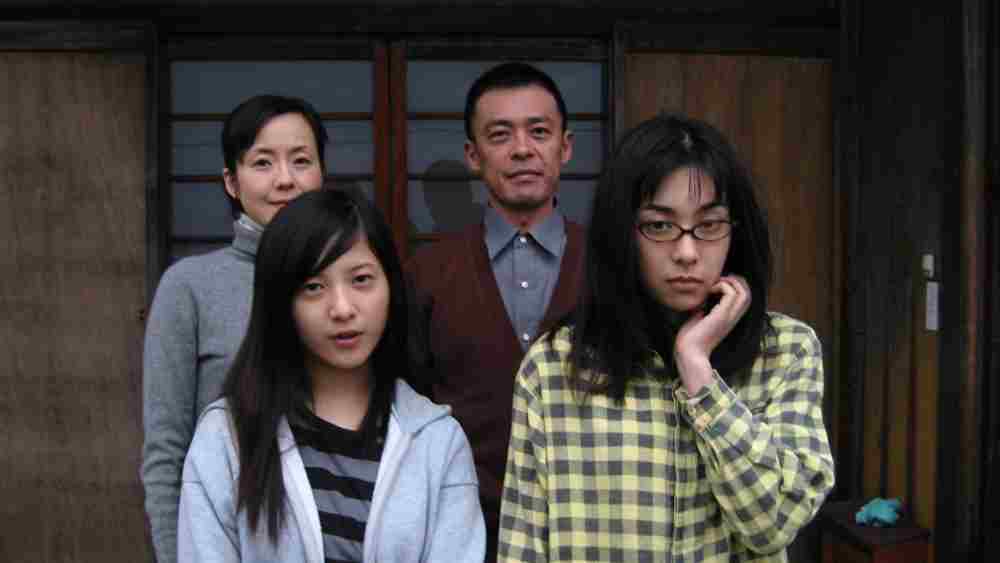
Noriko’s Dinner Table is often considered the sequel to Sion Sono’s crazy 2001 horror flick Suicide Club. But it’s not a typical sequel. The film begins before the events of Suicide Club and touches on a few of the narrative elements from its predecessor. Dinner Table is definitely less confusing and more structured than Suicide Club. The film revolves around 17-year-old Noriko, who runs away from home and gets involved in a mysterious online cult.
The film takes us on a journey through her family’s struggles and secrets, exploring the disconnect between parents and children in the modern world. Noriko’s Dinner Table has a bloated running time of 159 minutes. But the strong emotional payoff and profoundly unsettling atmosphere serve it well.
23. The Ghost of Yotsuya (1959)

‘Kaidan’ or ‘Kwaidan’ refers to ghost stories with inexplicable mysteries. The term was widely used during the Edo period (1603-1867). Many frightening, uncanny folktales gained popularity during this era. And long before the Edo period, Japanese traditional beliefs espoused the idea of ‘Onryo’. Onryo are wrathful spirits hell-bent on getting revenge on the living.
Yotsuya Kaidan is one of the most famous and oldest onryo ghost stories. Keisuke Kinoshita made a version of the ghost story in 1949, and there’ve been many other film versions. Nevertheless, it’s Nobuo Nakagawa’s 1959 movie that perfectly captures the doom-laden world of Japanese spirits. Nakagawa is a master of horror. Between the late 1950s and early 1960s, he made several visually rich mythological ghost stories.
The story revolves around pretty Oiwa, who gets killed due to her samurai husband’s devilish plan. She returns as a ghost for vengeance. Ghost of Yotsuya is a genre classic, strengthened by Nakagawa’s eerie and impressive horror imagery.
22. Horrors of Malformed Men (1969)
Teruo Ishii is an eclectic filmmaker who made 83 feature films across sci-fi, horror, film noir, and martial arts action genre. But Ishii was largely known for his infamous list of ero-guro (erotic-grotesque) movies. Ero-guro is generally recognized as an artistic sub-genre that focuses on sexual corruption and decadence. It was part of Japanese literature from the 1920s.
Celebrated mystery author Edogawa Ranpo’s short stories influenced ero-guro elements in Japanese horror movies. Interestingly, two such Ranpo’s stories were adopted in 1969 into a confounding experimental horror cinema. Masamura’s Blind Beast and Ishii’s Horrors of Malformed Men.
It’d be a futile attempt to elaborate the convoluted, hallucinogenic narrative of the film. The story recounts the bizarre experiences of Hirosuke Hitomi, a medical student confined to a mental asylum. Ishii’s film is a grotesquely beautiful nightmare, full of unhinged imagery and haunting depictions of the human body.
21. The Sinners of Hell (1960)
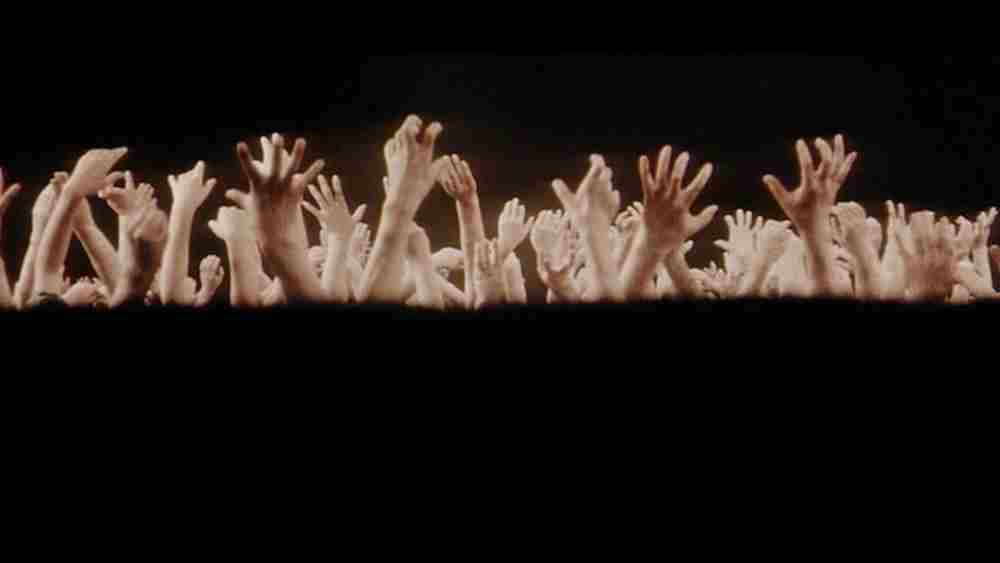
The idea of ‘Hell’ or ‘Underworld’ is often exploited in horror cinema. But nothing comes close to the stunning visualization of hell witnessed in Nakagawa’s The Sinners of Hell. He offers a feast of lurid imagery, while also exploring the religious and philosophical aspects of hell.
The film revolves around an earnest yet timid theology student, Shiro. Shiro is influenced by his classmate and new friend Tamura. His fate is sealed when he gets involved with Tamura in a hit-and-run accident, which kills a drunken yakuza. The irreversible incident takes Shiro on a bewildering path that sends him spiraling into further chaos.
The Sinners of Hell is a morality tale that depicts a crime and its horrific consequences. While the narrative meanders in a lot of ways, Nakagawa spellbinds with his beguiling visuals. The film takes a harrowing turn in the final forty minutes as it unflinchingly showcases the agonies of hell.
20. Ju-on: The Curse (2000)
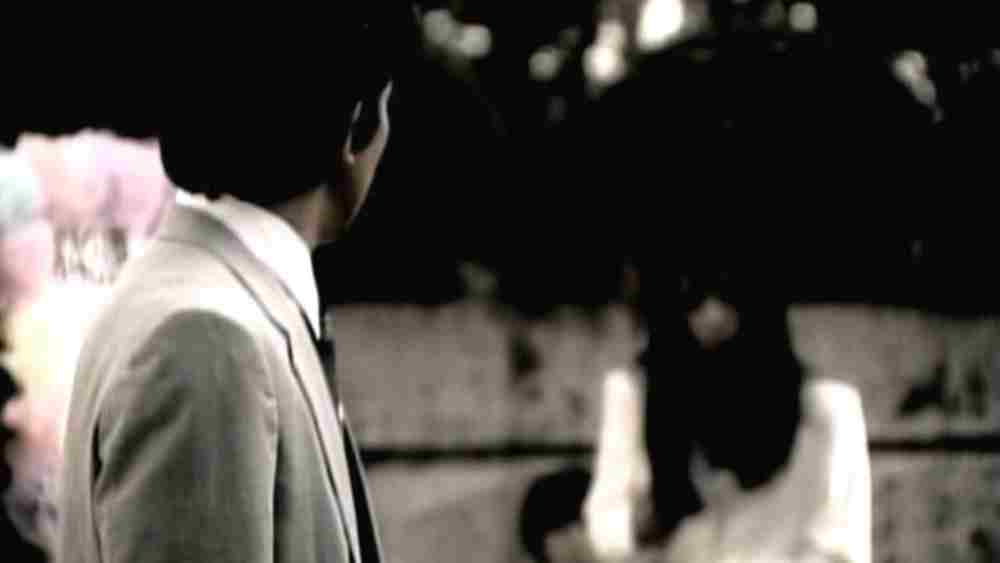
Ju-on: The Curse is the first film in Takashi Shimizu’s Ju-on franchise. However, it was a direct-to-video release. Ju-on: The Grudge (2002) – the third installment in the series – was the first to have a theatrical release and was later remade in the U.S. The idea was developed by Shimizu while directing an anthology short in 1998. The basic premise focuses on a curse that originates when a person dies with a powerful rage.
If you’ve seen any Ju-on films, you’d know that they’re divided into different segments and each tells the story of a cursed character. Each tale is somehow interlinked as the curse of the vengeful spirit passes from one person to another. Shimizu made the film on a shoestring budget and it features crude cinematography, unlike his later films. Yet, despite limited resources, he creates genuinely unnerving scares. Ju-on might not have social commentaries like other J-horrors Cure, Ring or Audition, but is terrifying beyond belief.
19. Blind Beast (1969)
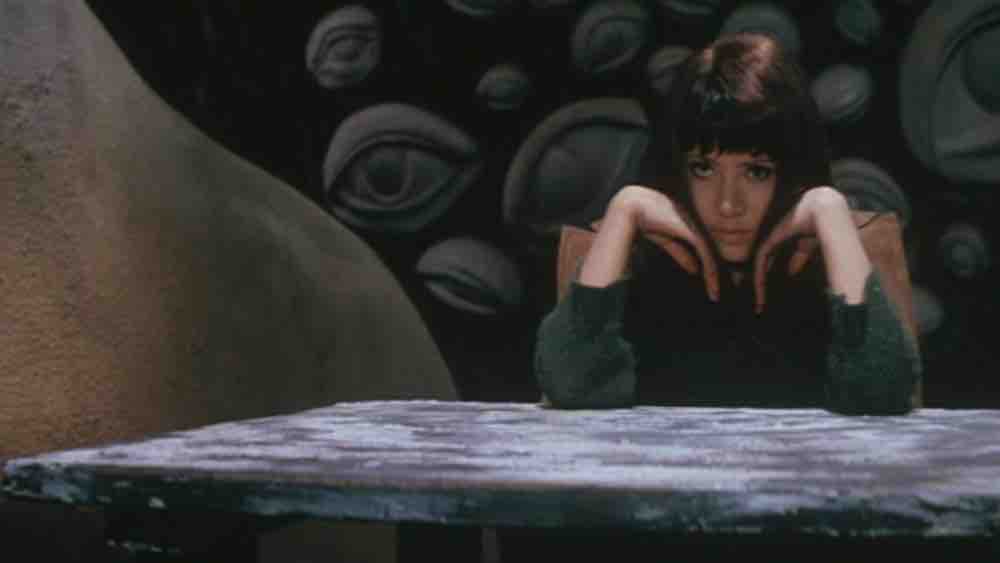
Yasuzo Masamura is one of the most important post-war Japanese filmmakers, although he’s relatively unknown in the West. He’s made movies in different genres. Giants and Toys (1958) was one of his most celebrated works, a satire on Japan’s post-war economic boom. Blind Beast was a visually arresting erotic horror whose aesthetic design was influenced by the era’s European arthouse horror. The story is based on renowned Japanese author Edogawa Ranpo’s short story. It revolves around an artist model named Aki. Abducted by a psychopathic sculptor, she’s imprisoned in his bleak and cavernous studio.
Blind Beast is a strange, if not outlandish film, that takes a simple premise and stretches it to include plenty of disturbing moments. The story stops making sense after a point and delves deeper into the surreal. The eerie, claustrophobic atmosphere might exhaust viewers after a point. But it’s mandatory viewing for anyone interested in subversive horror/fantasy movies.
18. Tag (2015)

Similar to Takashi Miike, Sion Sono can make restrained dramas as well as blood-soaked extreme horrors. While I’m not a big fan of both these filmmakers’ extreme horror movies, his grim and playful Tag is an exception. The film opens with a seemingly mundane scenario of a timid student Mitsuko traveling in a school bus with her friends. Out of nowhere, something monstrous emerges and rips off the bus. Mitsuko is the sole survivor of the massacre, and she runs away in terror. But things get increasingly weird as Mitsuko leaps into different nightmarish scenarios.
For all its strangeness, Sono delivers a clever movie that deals with the objectification of women and the glorification of trauma. The fractured narrative structure and multiple scenarios of exploitative horror might confuse viewers. But gradually, Sono provides an explanation for the surreal journey of Mitsuko. Tag is an existential horror piece that consistently shocks and surprises.
17. Dark Water (2002)
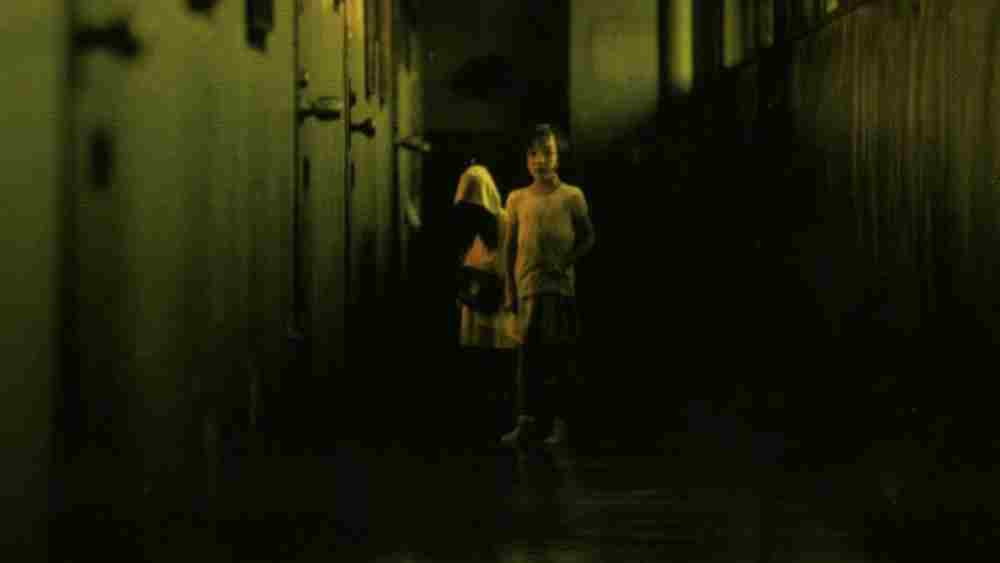
Four years after his successful adaptation of Koji Suzuki’s novel The Ring, writer/director Hideo Nakata opted to adapt Suzuki’s short story Dark Water. Thankfully, Dark Water rightly replicated the unnerving horror atmosphere of Ring. The tale revolves around Yoshimi and her 6-year-old daughter Ikuko. The impending divorce trial of Yoshimi forces her to look for a place to earn full custody of her daughter. Yoshimi tries to secure a job and eventually finds a place in an old, gloomy apartment building. However, a mysterious little girl from the upstairs flat almost ruins the mother and daughter’s life.
Nakata, as usual, creates suggestive scares rather than relying on special effects. He makes good use of atmospheric locales and uncanny camera angles to maintain tension. Dark Water also works as a fine character study of a distraught, neurotic mother who struggles to protect her daughter.
16. Kuroneko (1968)
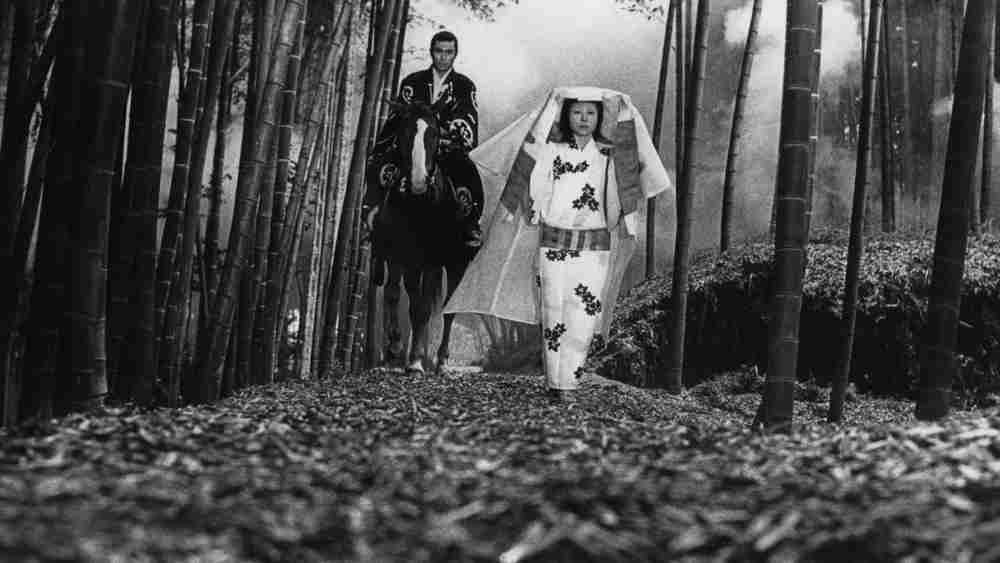
Renowned Japanese filmmaker Kaneto Shindo opens Kuroneko with a harrowing prologue. A poor mother and her daughter-in-law are brutally assaulted and murdered by a group of samurai mercenaries. The narrative is set in a remote part of Japan in the 12th century, a devastating era in Japanese history. The raging civil war for dynastic control wreaked havoc across the country. A prowling black cat remains a witness to the death of the aforementioned two women. The animal finds its way through their ruined hut and licks blood off the women’s throats.
The ensuing supernatural communion allows the wronged women to take the form of vengeful spirits. They lure the samurais to the bamboo grove to dispense justice. Kuroneko doesn’t have typical jump-scare moments. At the same time, the breathtaking visuals maintain an unsettling tone throughout. Director Shindo also imbues a rich political and social context to the proceedings.
15. Cold Fish (2010)
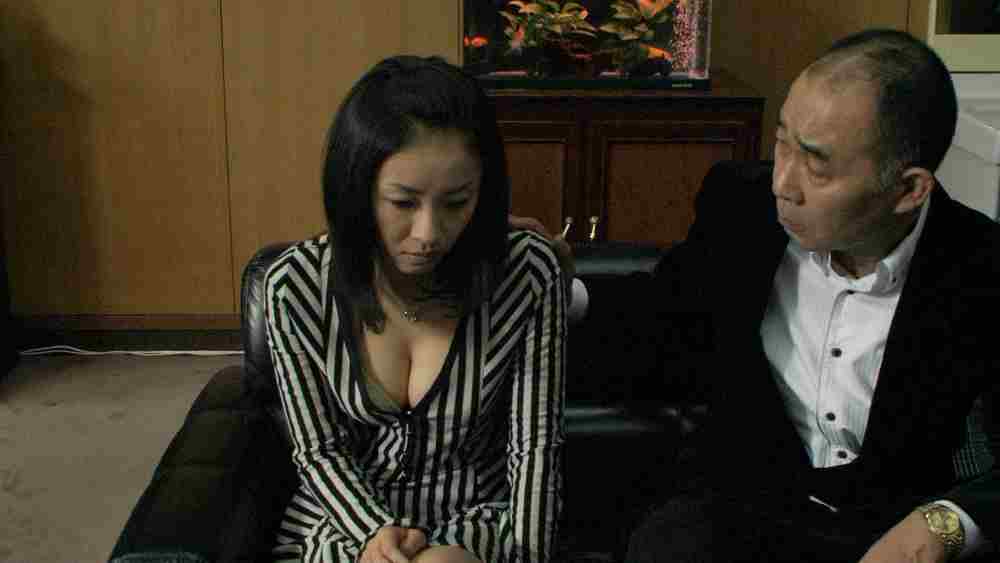
Sion Sono’s Cold Fish is a shocking and terrifying horror drama, reminiscent of Japanese radical filmmakers like Shohei Imamura and Nagisa Oshima. It revolves around the owner of a tropical fish store named Nobuyuki Syamoto. Mr. Syamoto leads an uneventful life with his second-wife Taeko and daughter Mitsuko. But, his life turns upside down when he meets a larger fish store owner, Yukio Murata.
Murata helps Syamoto with his business and gains his family’s trust before revealing his true colors. Soon, Syamoto discovers that Murata and his wife are serial killers and gets caught in their schemes.
Sion Sono impressively balances gruesome horror and dark humor. Character actor Denden is incredible as Murata. He indulges in violence with a terrifying matter-of-factness. Syamoto‘s caricatured portrayal and a few pacing issues hurt the narrative yet it’s a startlingly uncompromising film in recent times.
14. Confessions (2010)
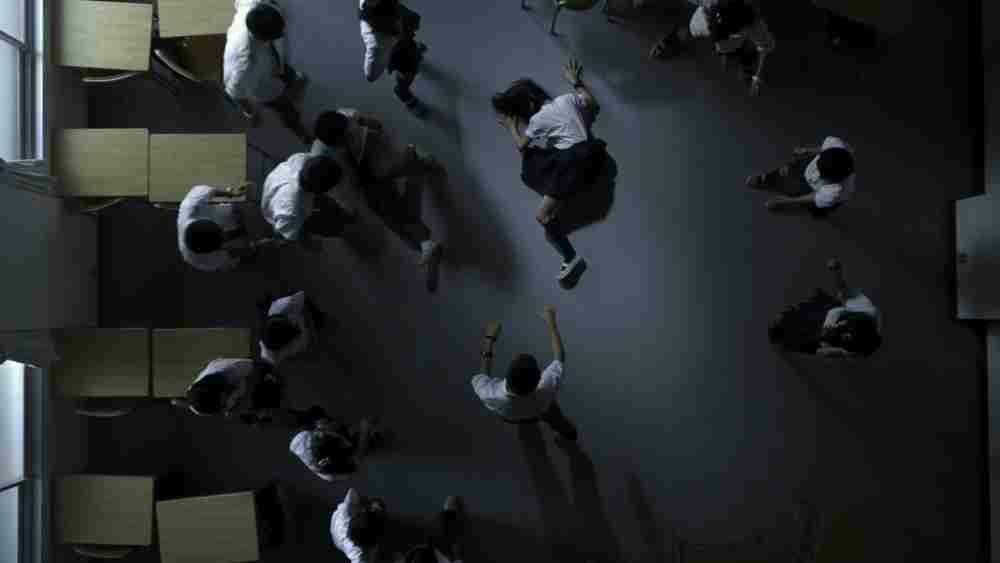
Tetsuya Nakashima is best known for vibrant, colorful movies like Kamikaze Girls and Memories of Matsuko. He has a flair for infusing idiosyncratic visuals and ably handles melodramatic elements and slapstick humor. Confessions, on the other hand, was beautifully restrained with a very depressing story.
Based on Kanae Minato’s novel of the same name, the film opens with high-school teacher Yuko Moriguchi bidding farewell to her students. Yuko’s daughter has recently perished in a tragic drowning incident. In front of her bored students, Yuko reveals that her daughter’s death was no accident. It was supposedly caused by two pupils sitting in the class.
Then on, the teacher intelligently and methodically dispenses her revenge on the students. There’s no outlandish violence here like many Japanese high-school-based horror/thrillers. It’s full of remarkably tense mind games and exhibits apathetic human behavior. The film is generally categorized as a psychological thriller. But the manner in which the themes of bullying, juvenile crime, and teen angst are handled lends itself to a horror movie experience.
13. Pulse (2001)
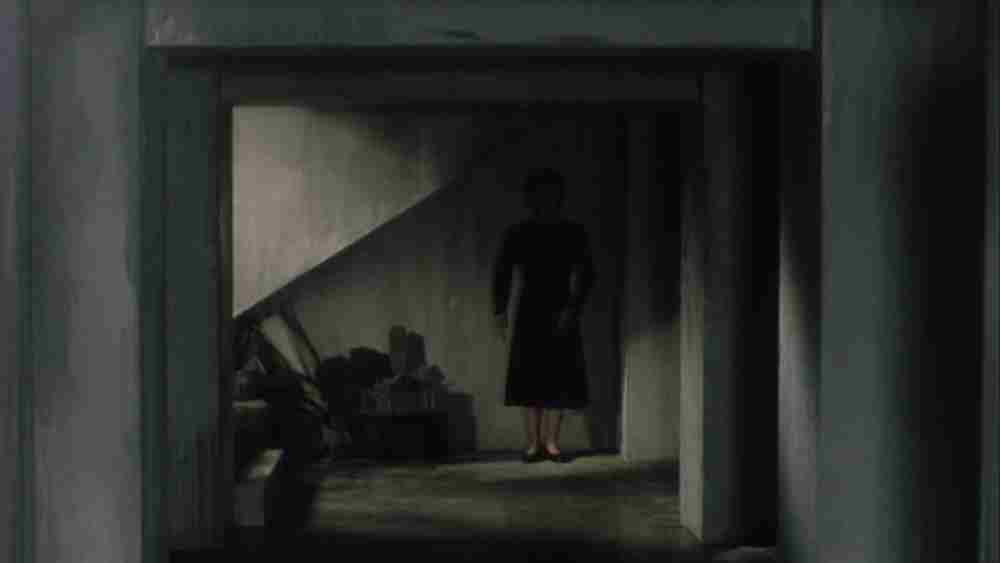
Kiyoshi Kurosawa utilizes the early uncertainties of the internet era to craft this spooky ghost story. Pulse is a slow-burn horror that offers a bleak meditation on alienation and loneliness plaguing the new millennia.
The film has two intertwining stories. One revolves around a college student who stumbles upon a strange website that shows clips of his dead classmate. The other story focuses on a student who receives an invitation from a website that would allow him to meet a ghost. Besides, there are reports of several suicides and ghost sightings.
The simple plot of Pulse can’t convey the chilling experience of the film. The creepy, wobbly movement of a female ghost in one scene might keep you awake for days. Kurosawa eschews jump scares for subtly frightening images. Fans of Ring and other J-horror might be disappointed since it doesn’t have a coherent storyline or a clear-cut resolution. Yet the themes Kurosawa deals with are even more relevant in the age of social media.
12. House (1977)
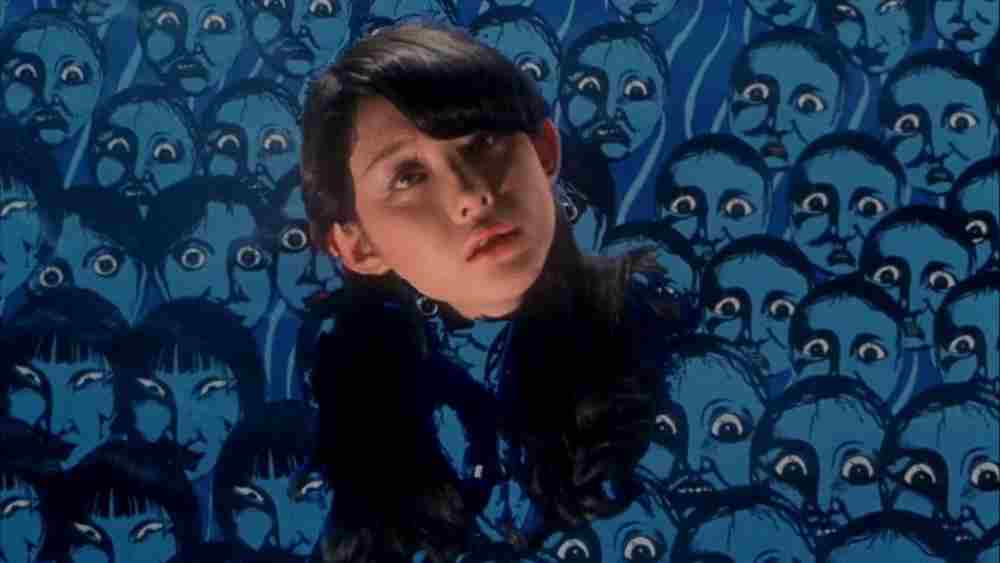
Nobuhiko Obayashi was an accomplished ad filmmaker when he returned to make his second feature film for the Japanese Studio Toho. The studio wanted Obayashi to make a film that could connect with the younger audience. Developing a story idea for his then 11-year-old daughter Chigumi, Obayashi made the experimental horror comedy titled House. The film obviously baffled the studios and was met with negative reviews. But interestingly, it was a box-office hit, and in the later decades received a cult following.
House is as ground-breaking for Japanese horror as Evil Dead (1981) was for American horror cinema. The film has a very conventional story of a teenager Angel, who decides to spend her summer holidays at her aunt’s home. The house is situated in a remote area and Angel is accompanied by her friends. Soon, the girls are haunted by multiple supernatural activities.
Obayashi disregards the rules of storytelling and concocts a string of innovative psychedelic imagery.
11. Noroi: The Curse (2005)
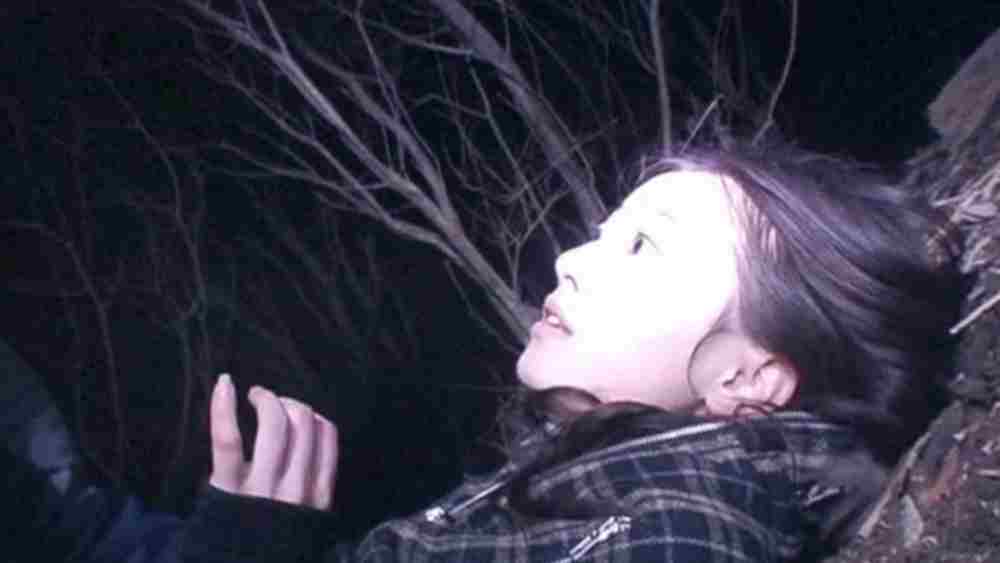
Koji Shiraishi’s Noroi is the most terrifying and the most underrated among Japanese horror movies. It uses the mockumentary framework to delve into a strange case of demonic possession. The narrative follows documentary filmmaker Kobayashi investigating the mysterious disappearance of an unhinged mother and her son. The inquiry takes him into the world of bizarre religious rituals, dangerous occult, and psychic children. Along the way, he also discovers that the inexplicable incidents he encounters are connected to a village that was submerged in 1978 because of a dam project.
Noroi is one of the most ambitious, inventive works in the horror mockumentary subgenre. Unlike Blair Witch Project or Paranormal Activity, Noroi doesn’t just present a horrifying puzzle. It also brilliantly delivers the scares and withholds some interesting twists. Like other good J-horror movies, Shiraishi doesn’t explicitly visualize the grotesque aspects. He simply implies the horror and leaves it to the viewer’s imagination. In 2009, Shiraishi followed up Noroi with another intriguing horror mockumentary, Occult.
Join us on YouTube for fresh movie recommendations every week.
10. Tetsuo: The Iron Man (1989)
Shinya Tsukamoto’s Tetsuo is a bizarre and landmark body horror movie from Asian cinema. Shot on grainy 16mm black-and-white, the 67-minute film doesn’t care much about plot or character development.
Tetsuo opens with a truly disturbing character of a man with a metal fetishism. Played by Tsukamoto himself, the fetishist embeds rusted pieces of scrap metal into his body. He’s gradually driven insane by his sadomasochism, and one day gets stuck and killed by a speeding car. The car is driven by a salaryman who quickly disposes of the body. But the next day, he finds metal growing out of his skin.
The frenzied pace, outlandish shots, and body horror imagery have the power to evoke nightmares. The pulse-pounding industrial score adds to the spooky audio-visual experience. Tetsuo, however, isn’t solely designed to deliver a horrific experience. It deals with paranoia, anxiety, and fear in a world overly reliant on technology.
9. Kotoko (2011)
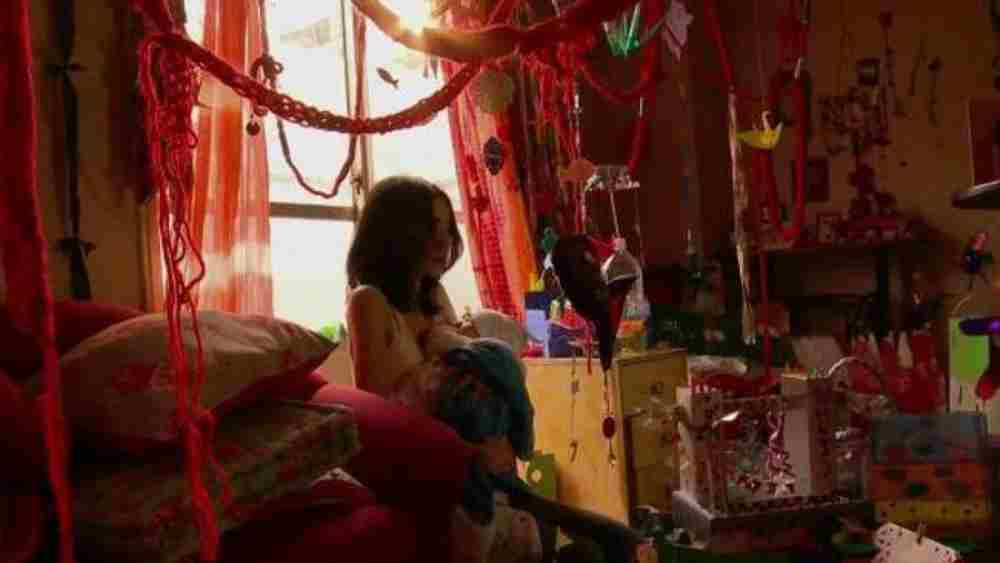
The severely disturbing psychological horror Kotoko will be a polarising movie experience for horror buffs. Like every other work of visionary director Shinya Tsukamoto, the film will draw awe and hatred in equal measure. Kotoko follows the mental breakdown of a single mother (played by J-pop artist Cocco). She suffers from double vision and is unable to differentiate between reality and delusion. Driven by paranoia, Kotoko becomes increasingly violent with people who she believes would harm her.
The hand-held camerawork, crude compositions, ear-pounding sounds, and lack of musical score firmly lock us in the anxiety-inducing perspective of Kotoko. Tsukamoto’s highly subjective documentation of the protagonist’s breakdown blurs the lines between reality and delusion for us too. Cocco delivers a phenomenal performance in the titular character. We deeply share her uncertainties and fractured state of consciousness.
Overall, this stomach-churning film is among the most unique horror film experiences of the 21st century.
8. A Page of Madness (1926)

Japanese silent-era films were deeply influenced by traditional performing arts including Kabuki theatre. The Japanese film industry at the time also used ‘benshi’ narrators to help viewers understand the proceedings onscreen. While such practices allowed early Japanese cinema to evolve differently from the dominant Hollywood style, the film form was quite primitive. However, Teinosuke Kinugasa’s abstract silent horror A Page of Madness was one of those rare early Japanese movies to break away from conventions.
Based on a story idea by Nobel Prize-winning author Yasunari Kawabata, A Page of Madness was inspired by German Expressionist films. The narrative revolves around a janitor working in a mental asylum, where his wife is locked up. A Page of Madness is full of startling imagery and could be termed a surrealistic horror. The lack of intertitles also confuses us as the narrative blurs the boundaries between delusion and reality.
The film was lost for decades until it was found in 1971 in the director’s garden shed.
7. Battle Royale (2000)
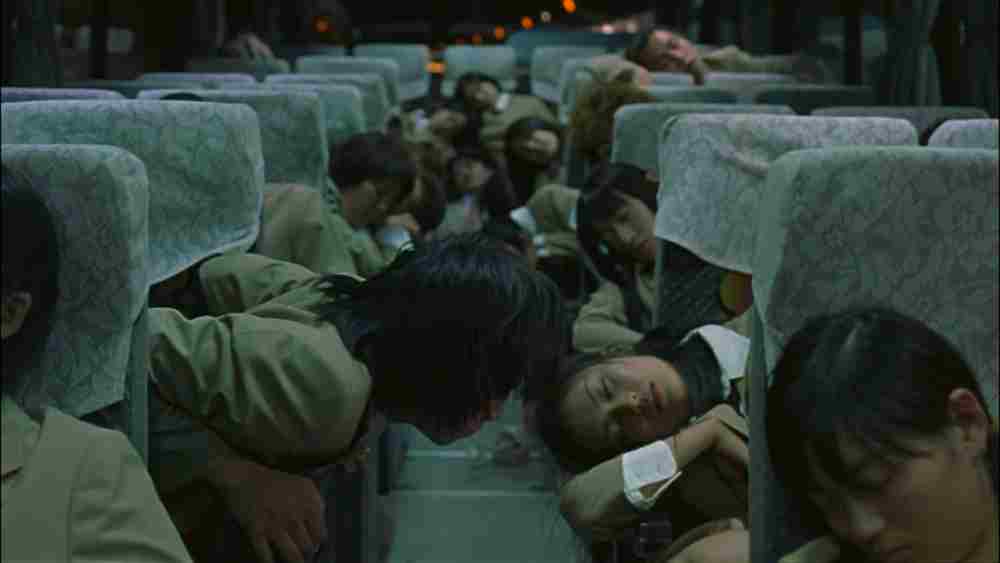
Kinji Fukasaku’s Battle Royale is one of the most controversial films of all time. It’s based on the 1999 novel by Koushun Takami. The film is set in a not-too-distant dystopian future, where unemployment and population have reached unmanageable levels. And the authoritarian government comes up with the Millennium Educational Reformation Act.
Under the Act, a class of 14-year-old Japanese school children are forced to participate in a gruesome survival program. Only one out of the 42 ninth graders will emerge victorious.
Fukasaku perfectly balances black comedy and spine-chilling horror. A veteran filmmaker, he’s primarily known for his 1970s gangster movies. Battle Royale was supposed to be a satire on the brutally competitive Japanese education system. On a broader note though, the film came across as an allegory for the conformist, totalitarian state. In fact, this story idea has broken borders and been adapted or borrowed from, across the world.
6. Audition (1999)
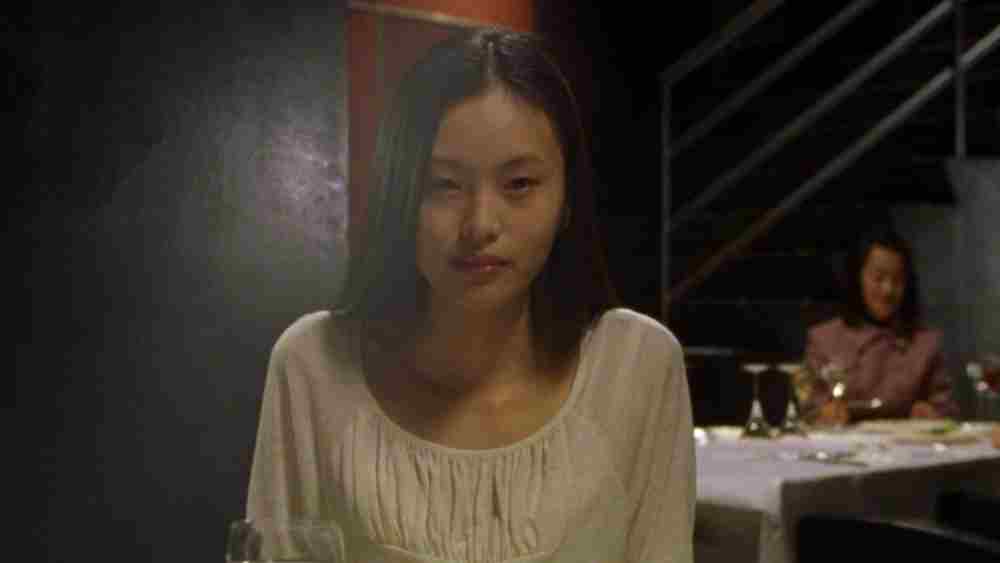
The prolific Japanese director Takashi Miike is labeled as the master of extreme horror. Miike alongside Sion Sono is also considered the spiritual heir to Teruo Ishii. Miike has made gory horror films like Ichi the Killer, Gozu, Lessons of the Evil, etc. But he’s also capable of making complex and slow-burn psycho horrors like Audition.
The film revolves around a lonely, middle-aged widower Shigeharu Aoyama. With the help of his television producer friend, Shigeharu conducts a fake audition to find a suitable companion for himself. A woman named Asami Yamazaki catches Shigeharu‘s attention and soon he becomes obsessed with her. But Asami is scarred by deeper psychological wounds from her past pushing Shigeharu to embark on a disquieting journey.
Audition does have one of the most shocking violent scenes in cinematic history. But until the deranged moment in the end, Miike unsettles us with the ambiguous characterization of Asami.
Overall, Audition is a terrifying examination of social isolation.
5. Kwaidan (1964)
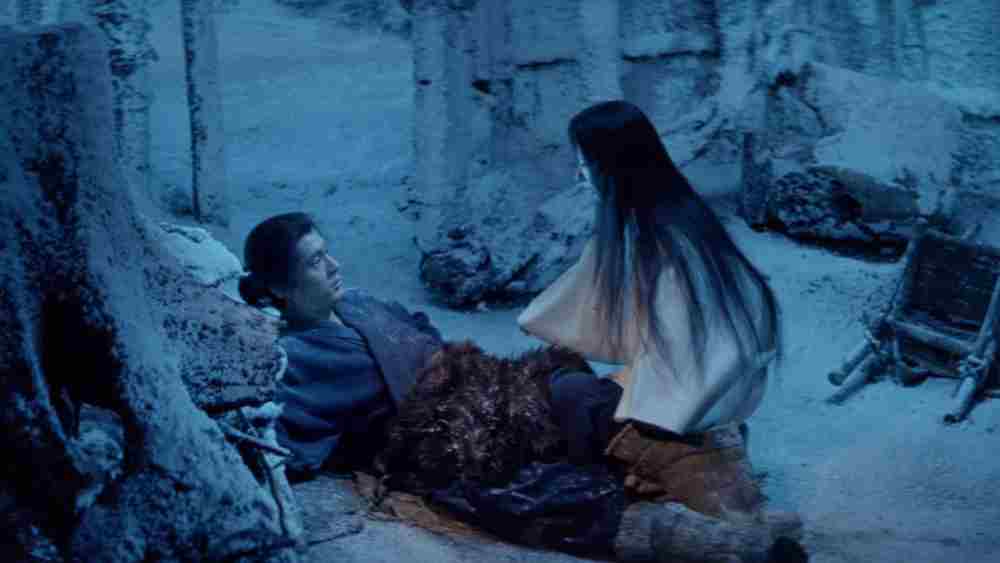
Masaki Kobayashi is a humanist filmmaker who made masterpieces like Human Condition Trilogy (1959-1961) and Hara-Kiri (1962). In 1964, Kobayashi made his magnum opus Kwaidan, an anthology of four ghost stories. It was based on the stories of 19th-century author Lafcadio Hearn. Hearn is a Greek-Irish writer and translator who worked as a journalist in America. After falling in love with Japan and moving to the island nation, he adopted the name Koizumi Yakumo.
All four tales explore human’s relationship with nature, the relationship between men and women, and the conflict between our material needs and spiritual quest. Kwaidan was largely shot inside a studio and was known for its painterly backdrops, created by art director Shigemasa Toda. In fact, it was the most expensive Japanese film of its time.
Kobayashi maintains a haunting atmosphere throughout and offers quite a few unforgettable spooky moments. Legendary composer Toru Takemitsu’s intriguing soundtrack further elevates the narrative.
4. Ringu/The Ring (1998)

Hideo Nakata’s Ringu aka The Ring is the breakout hit of J-horror cinema. J-horror is a term used to categorize the contemporary wave of Japanese horror movies in the West. The film introduced to modern global audiences a lot of the Japanese horror tropes — vengeful ghosts, ancient curses. Based on Koji Suzuki’s 1991 novel of the same name, Ring revolves around an urban legend about a cursed VHS tape. The tape is said to kill its viewer seven days after they’ve watched it.
A journalist named Reiko Asakawa sets out to find the veracity of the legend. Subsequently, she races against time to save herself from the curse.
One of the scariest Japanese movies, The Ring successfully blends old Japanese folktales about ‘onryo’ (vengeful spirit) with modern technology-based obsessions. Director Nakata created a new aesthetic to incorporate the traditional horror elements of a ‘Kaidan’. The creepy sound design and genuinely scary atmosphere deliver the chills while also staying away from graphic violence.
3. Onibaba (1964)

Kaneto Shindo made movies for six decades. He directed his last film Postcard (2010) at 98. The director is best known for his intense psychosexual movies, which he made during the 1960s. One such masterpiece was Onibaba, an erotic horror set in feudal-era Japan. Onibaba isn’t your conventional horror film. Besides, it isn’t a simple morality tale. The film focuses on two peasant women who struggle to survive in 14th-century war-torn Japan.
Despair and poverty push the mother and daughter-in-law to murder the samurai deserters. They sell the dead samurai’s armor and weapons for a bag of grain. Things turn dire when their uncouth neighbor, Hachi, returns from war. Blinded by fear, jealousy, and anger, the older of the two women commits an even more despicable act. Unlike the ghost stories of Nakagawa and Kobayashi, Shindo shot his film on location. Kiyomi Kuroda’s outstanding cinematography turns the windy grasslands of the countryside into a deeply scary atmosphere.
2. Cure (1997)
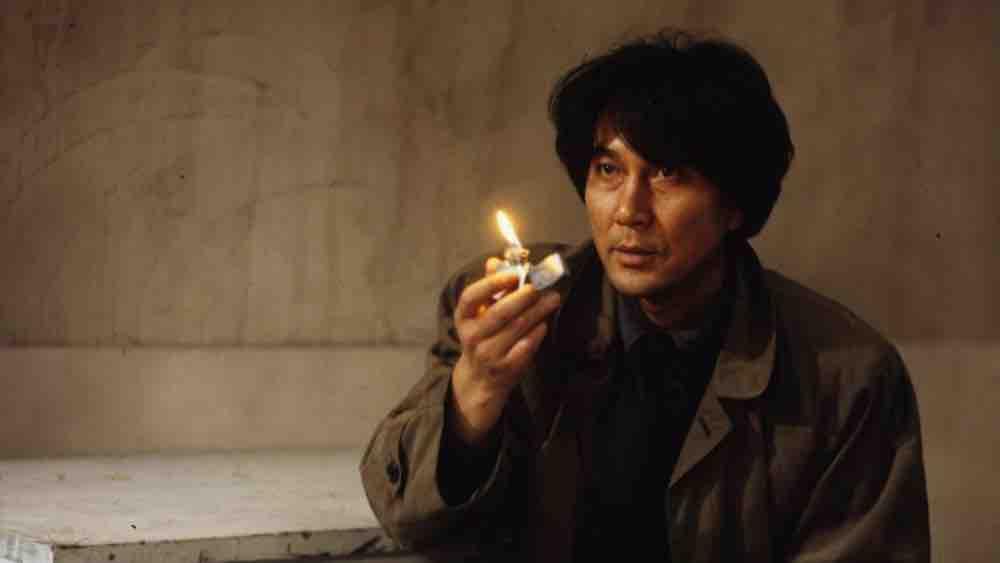
The multi-faceted film artist Kiyoshi Kurosawa helped reinvent Japanese horror genre cinema. Since his 1992 movie The Guard from Underground, Kurosawa has made a bunch of meditative yet unsettling horror movies. His works eschew genre clichés and offer a meticulous exploration of aberrant psychological states.
Cure opens like a serial-killer thriller. Detective Kenichi Takabe investigates different cases of mutilated bodies with slashes of an X. However, the perpetrators are different in each case. And strangely enough, these perpetrators don’t remember committing the crime. Soon, detective Takabe comes across a young amnesiac drifter who seems to be behind the killings.
Kurosawa defies the horror genre norm by staging the most disturbing scenes in broad daylight and through static wide or long shots. The cold detachment combined with inscrutable characterization only makes the ensuing effect more chilling. Cure is a profoundly dark examination of evil and madness.
1. Godzilla (1954)
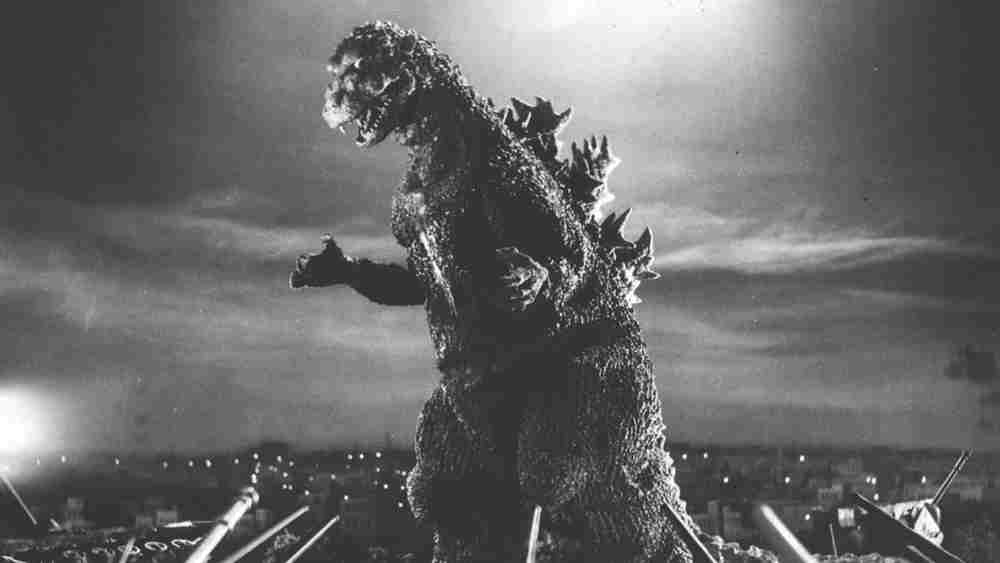
Gojira aka Godzilla – the king of monsters, has captured the public imagination for nearly seven decades. The original Gojira made its first on-screen appearance in 1954. The success ensured the creation of numerous sequels, spin-off features, novels, and video games. Ishiro Honda’s Godzilla is definitely one of the greatest monster movies despite its low-tech special effects. What’s striking is Honda’s ability to create a disquieting, eerie tone. The black-and-white cinematography adds to the somber mood.
Most importantly, like all great monster movies, director Honda meticulously builds anticipation before focusing on Godzilla’s rampage through Tokyo city. The story largely revolves around a scientist who investigates the mysterious explosion and sinking of the ships. Godzilla was a metaphor for the atomic age. It’s portrayed as a prehistoric sea monster that’s awakened and empowered by nuclear testing. Overall, the film is an indictment of irresponsible science that casually annihilates and victimizes millions of humans.
Conclusion
That’s our list of the best Japanese horror movies. Of course, we weren’t able to cover all the worthy horror genre titles from Japan. If you are hooked on these tales of vengeful spirits and haunted places, here are more worth exploring: Wild Zero (1999), Uzumaki (2000), One Missed Call (2003), Marebito (2004), Strange Circus (2005), Haze (2005), Retribution (2006), Reincarnation (2006), and Tokyo Gore Police (2008).
Now ‘What counts as a horror movie?’ might vary from person to person. Hence despite being classified as a ‘horror’, I didn’t strictly consider Shin Godzilla (2016) and One Cut of the Dead (2017) ‘horror’. Of course, there’s no doubt the two are extraordinary films.
Over to you now! What are your favorite Japanese horror films?

